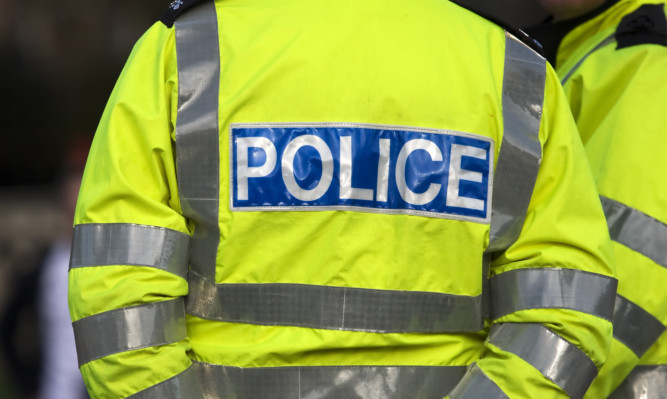
Armed police are routinely doubling up as traffic cops, and being sent to minor traffic offences.
Force chiefs have admitted officers qualified to carry deadly weapons are being used for tasks more commonly carried out by specialist traffic officers.
The step has been criticised by a leading gun crime expert who fears the dual roles are the “thin end of the wedge” towards the routine arming of police.
Officers in Lancashire, Humberside, Lincolnshire, Norfolk and Suffolk are among those allowed to carry holstered pistols to routine call-outs.
But Professor Peter Squires, who gave evidence to the UK Government after gun maniac Derrick Bird went on a killing spree in Cumbria, said more cops carrying guns will only lead to tragedy.
“The more toys they give the boys, the more they will incorporate these weapons into their everyday usage,” he said. “There is evidence to back up the fact the more armed officers, the more they will deploy their guns.
“They will spray people with CS gas, they will Taser more people and they will shoot people more often.”
He spoke out after it emerged a number of forces are allowing Armed Response Vehicle (ARV) officers to carry holstered side-arms, while working as traffic cops.
Until recently, all firearms would be kept locked in a safe in ARVs. But a change in policy means the specially-trained officers are now allowed to carry pistols even when there is no immediate threat to the public.
They can still only be used only if authorised by a senior officer in extreme cases, such as dealing with dangerous gunmen or terrorism.
Professor Squires however has said this is “a step too far”. The academic, who has advised the Association of Chief Police Officers (ACPO), Whitehall and police forces on the use of firearms, is concerned officers are being armed without public consent.
Prof Squires said: “What we have is not routine arming, it is deploying armed officers on routine duties but I think that is the thin end of the wedge.
“It is best not left to police to be sorting this out themselves. It is a fundamental issue in public policing.”
Steve Evans, vice-chair of the Police Federation of England and Wales, said police do not want to be routinely armed.
However, he said: “Officers only become eligible to be firearms officers following a rigorous and ongoing training and accreditation regime and their use of firearms are tightly governed by a number of bodies and by extensive ACPO guidance.”
An ACPO spokesman said: “Armed officers assess whether they can safely respond to a particular incident with their sidearm with them and are trained to ensure that their weapon is safe and secure in all circumstances.”
In Scotland the routine arming of officers carried out without government scrutiny has sparked huge debate.

Enjoy the convenience of having The Sunday Post delivered as a digital ePaper straight to your smartphone, tablet or computer.
Subscribe for only £5.49 a month and enjoy all the benefits of the printed paper as a digital replica.
Subscribe